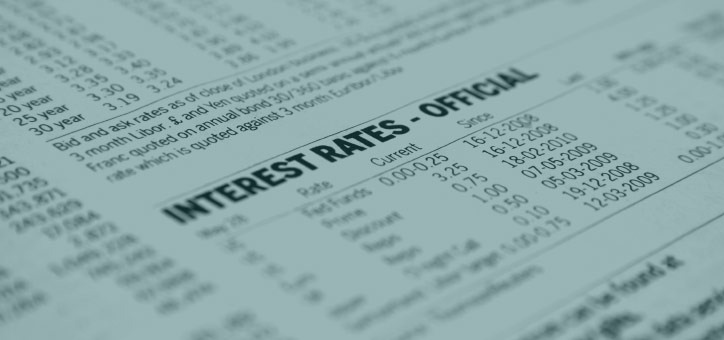In economics, the average total cost, or ATC, is the cumulative total of all production costs, divided by the amount of output produced.
Calculating the average total cost is useful for firms that want to compare the efficiency of various outputs, or that want to adjust various factors of production.
In a nutshell, ATC gives an indication of the total cost to produce one unit of output. Understanding ATC is essential to understanding how a firm chooses the prices for its products or services, and how competition exists between firms.
How Is ATC Calculated?

Calculating the average total cost can be done in three steps:
- Determine the total quantity;
- Determine the total cost;
- Divide the total cost by the total quantity.
So, to correctly figure out ATC, we start by calculating the total quantity of output from the firm. This figure tells us the exact volume of products or services the firm is producing. The value for the quantity of output could be 10,000 footballs, 5,000 pizzas, or 1,000 couches, for example. This figure is denoted as Q.
Next, you’ll need to work out the total production costs, which is represented as TC. This figure comprises two parts, the variable cost (VC) and the fixed cost (FC). Your FC will not change, hence the name; this figure remains constant – or fixed – regardless of the value of Q (the quantity being produced).
However, as suggested by the name, your variable costs go up as the quantity increases. Thus, a higher output value leads to higher variable costs. Calculating total cost is simple: you add the fixed costs and variable costs together (TC = FC + VC).
Lastly, you divide the total cost by the total quantity (ATC = TC/Q). We do this because we are looking for the average total cost per unit of output. This figure is an essential piece of data for any firm. Selling products or services below the ATC would result in a financial loss for the business.
What Is AVC in Economics?
We’ve talked about the average total cost and the variable cost, but let’s not forget the average variable cost (AVC). This is a measure of the variable cost per unit of production.
Your variable costs vary when there are changes to the output. These factors can be derived from things such as labor costs, fuels, and raw materials. They are different from fixed costs, which could include public liability insurance, rent, and so on.
A firm’s average variable cost is an important factor in whether or not a firm chooses to continue trading. This is because the AVC should never be higher than the ‘marginal revenue’ of the firm. Otherwise, the firm is likely to cease operating. The marginal revenue is the rise in total revenue that occurs when a firm sells one unit of its output (product).
What Is MC in Economics?

The MC, or ‘marginal cost of production‘, is the difference in total production cost that occurs when one additional unit of product is manufactured. We can work out a firm’s MC by dividing the difference in production costs by the change in Q (total quantity of output).
The reason that this is such an important concept is that achieving a low MC is one of the steps toward a firm achieving economy of scale. This term refers to the monetary advantages gained by a company when its production efficiency has risen. By scaling production while simultaneously keeping production costs low, a company can maximize its profits – the larger the business in question, the greater the savings that can be realized.
If you’re interested in pursuing an economics degree, you may also be interested in our Best Online Economics Degrees ranking, as well as our article on What is MPC in Economics, and Why Study Economics.
Related:





